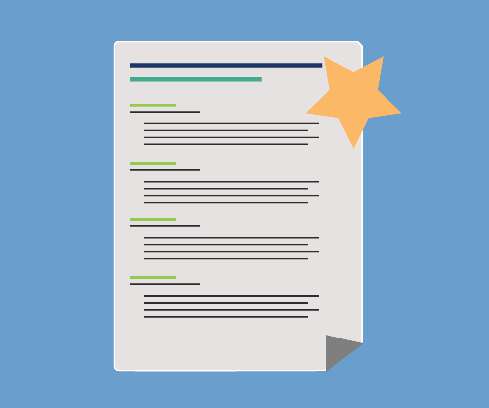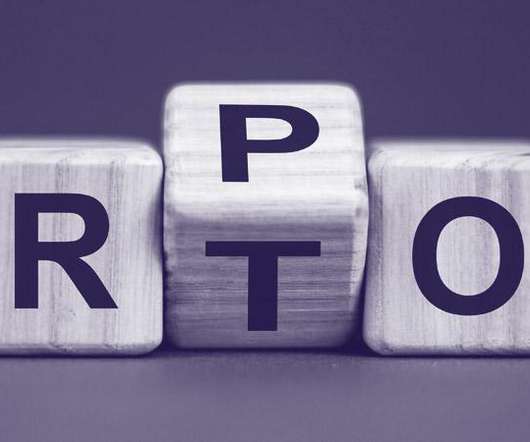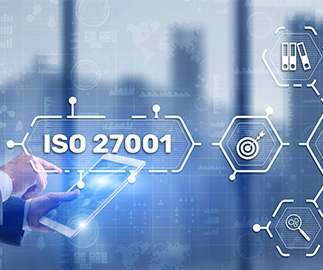ISO 27001 Certification Requirements & Standards
Reciprocity
DECEMBER 21, 2022
Deciphering the various numbers can be confusing at first, but each standard is numbered and deals with a specific facet of managing your company’s information security risk management efforts. The 27001 standard provides requirements for businesses to implement and operate an Information Security Management System, or ISMS.












Let's personalize your content